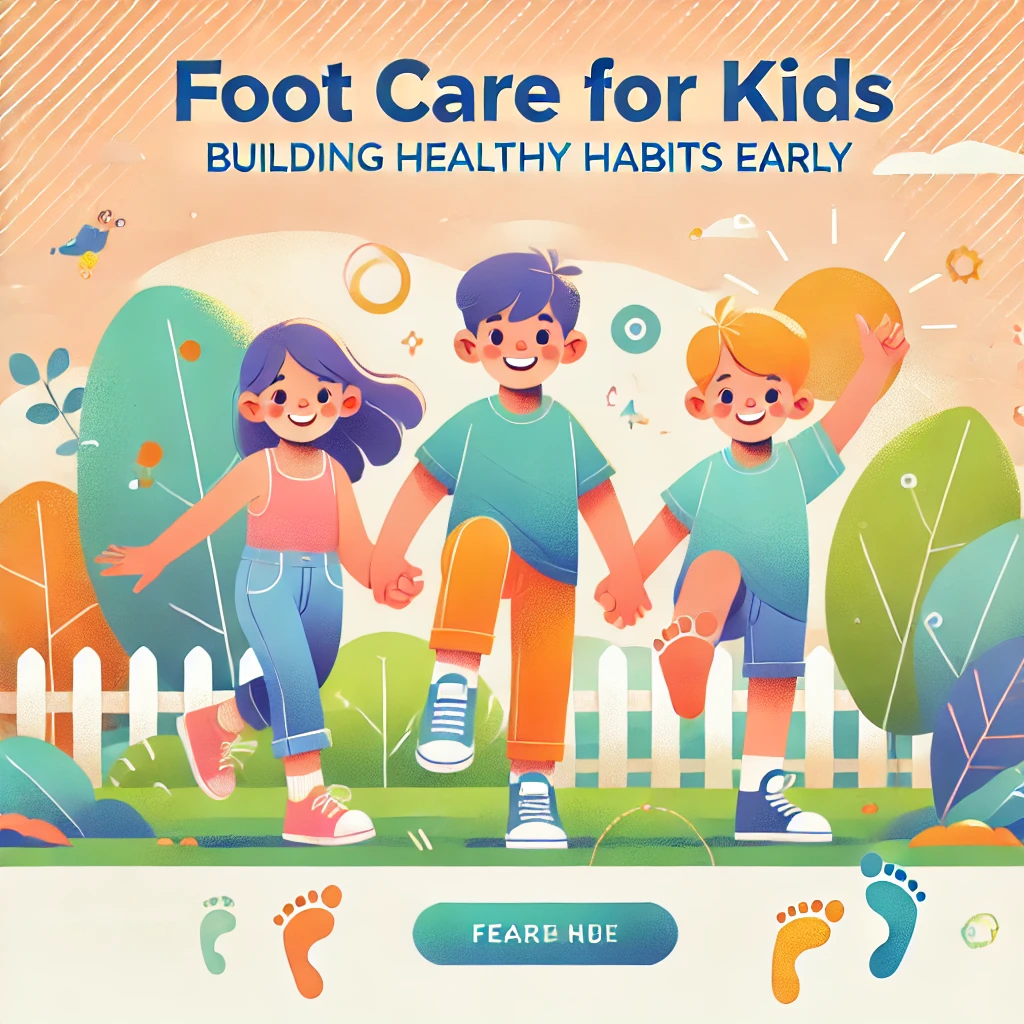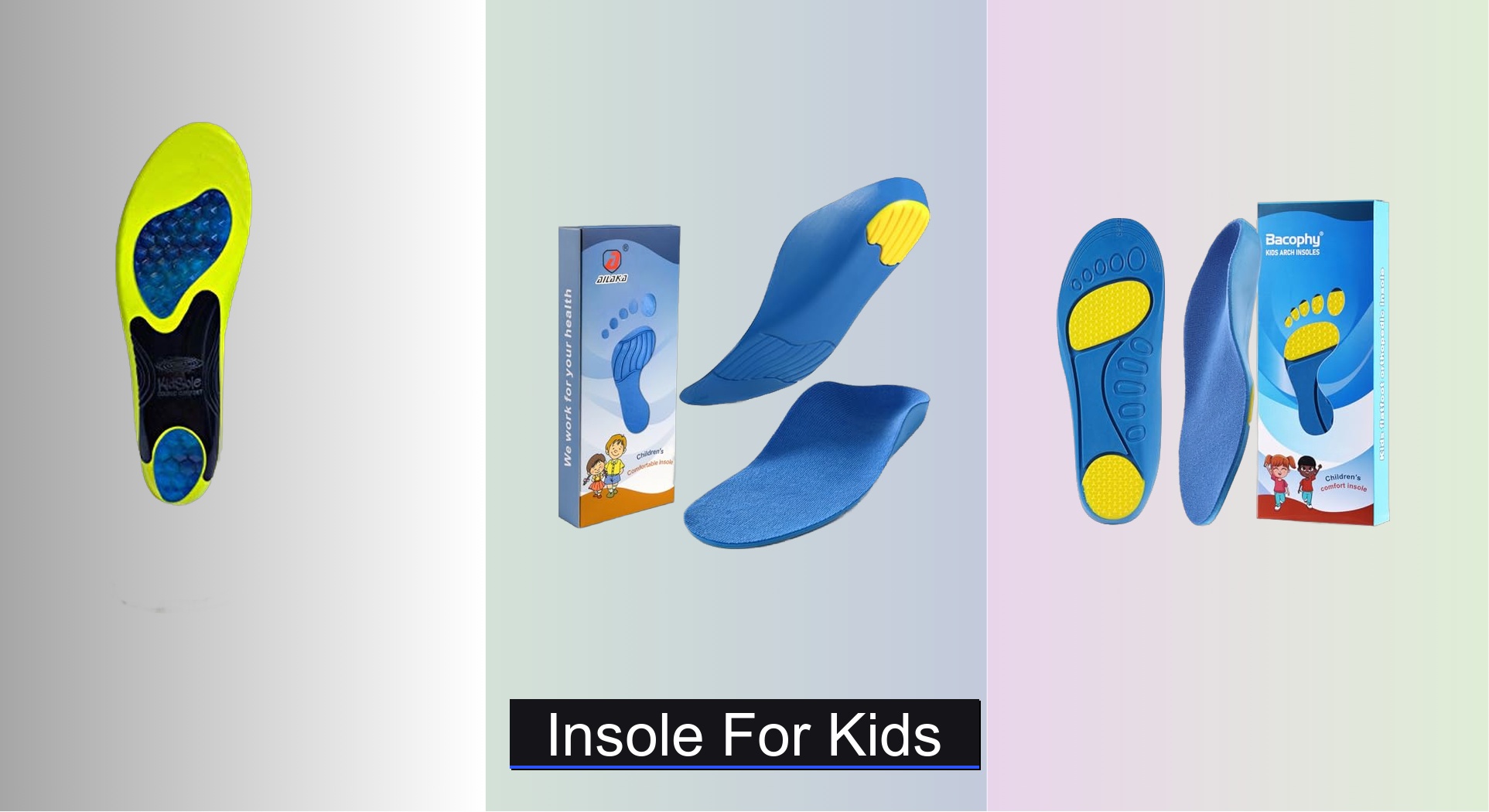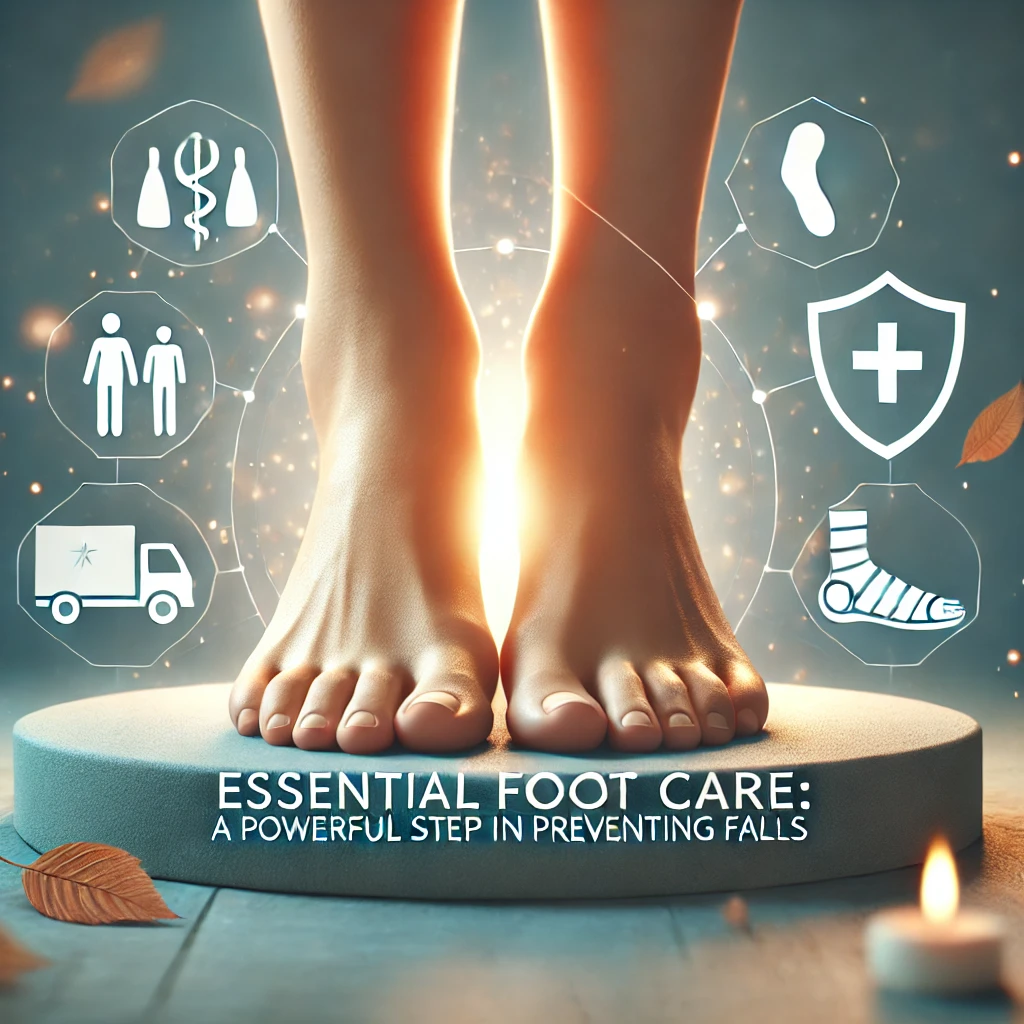Healthy feet are the foundation of an active life, especially for kids. As they grow and explore the world, their feet carry them through every adventure, making it crucial to establish good foot care habits early. Poor foot health can lead to long-term problems like discomfort, mobility issues, or even lifelong deformities. In this guide, we’ll explore how you can nurture your child’s foot health, ensuring their feet are strong, healthy, and ready for action.
Understanding the Basics of Foot Development in Kids

How Children’s Feet Develop Over Time
A child’s feet undergo remarkable changes from birth through adolescence. Babies are born with soft cartilage in their feet, which gradually hardens into bones as they grow. By age two, the foot bones are more developed, but the arches might not fully form until around six years old. During this period, it’s vital to provide supportive footwear and monitor foot shape and function.
Parents often worry about flat feet, which is common in young children. Fortunately, in most cases, this resolves naturally as the arches develop. By being mindful of your child’s foot development milestones, you can ensure they’re progressing healthily.
Common Foot Problems in Kids
Certain foot issues are common in children, and early detection is key to preventing complications. Here are a few to watch out for:
- Flat Feet: While normal in young children, persistent flat feet in older kids can cause pain and mobility issues.
- Heel Pain: Often caused by overuse or improper footwear, heel pain can limit activity and fun.
- Ingrown Toenails: A painful condition caused by improper nail trimming or tight shoes.
If your child complains about foot discomfort or walks abnormally, it’s time to consult a specialist. Catching these issues early can make a world of difference in their mobility and comfort.
Why Early Foot Care Matters

Impact on Mobility and Physical Development
Healthy feet are essential for proper mobility and physical development. Kids who struggle with foot pain or deformities might avoid physical activities, leading to poor fitness levels and reduced confidence. Ensuring your child’s feet are in good shape gives them a head start in staying active and engaged in life.
Prevention of Future Problems
Small steps taken during childhood can prevent significant foot issues later in life. Neglecting foot care can lead to chronic problems like bunions, hammertoes, or back pain. By instilling healthy habits early, you’re not just caring for your child’s feet today—you’re setting them up for a lifetime of foot health.
Building a Foot Care Routine for Kids

Daily Foot Hygiene Tips
Teaching kids to care for their feet daily is as important as brushing their teeth. Here’s how to establish a simple routine:
- Wash Daily: Encourage your child to wash their feet with warm, soapy water during bath time.
- Dry Thoroughly: Make sure they dry between their toes to prevent fungal infections like athlete’s foot.
- Moisturize: Apply a gentle, kid-friendly moisturizer to keep their skin soft and crack-free, especially during winter.
Teaching these basics can create lifelong habits that keep their feet clean and infection-free.
Proper Footwear Selection
The shoes your child wears can make or break their foot health. Look for these key factors when shopping:
- Correct Fit: Shoes should have a thumb’s width of space between the longest toe and the tip of the shoe.
- Breathable Materials: Opt for natural materials like leather or mesh to allow airflow and reduce sweating.
- Arch Support: Ensure adequate arch support for growing feet.
Avoid hand-me-down shoes, as they may not fit correctly and could contribute to foot problems. Regularly check your child’s shoe size as their feet grow quickly.
Encouraging Kids to Walk Barefoot

Benefits of Barefoot Activities
Did you know that walking barefoot can strengthen your child’s foot muscles and improve balance? Activities like walking on grass, sand, or soft surfaces can enhance sensory development and foot flexibility.
Safety Tips for Walking Barefoot
While barefoot time is beneficial, safety is crucial. Ensure that your child avoids walking barefoot on hard or unsafe surfaces where they might encounter sharp objects, extreme temperatures, or harmful germs. Supervised barefoot play in safe environments can give your child’s feet the freedom to grow and explore naturally.
Fun Activities to Strengthen Kids’ Feet
Games and Exercises for Healthy Feet
Kids love fun, and incorporating games that focus on foot health is a win-win. Simple activities like picking up marbles with their toes or walking on tiptoes can strengthen their foot muscles. You can also create a mini obstacle course with items like pillows and ropes to encourage balance and coordination.
Another great exercise is “toe yoga.” Have your child spread their toes wide and then curl them tightly. This improves flexibility and strengthens the small muscles in the feet. Jumping games like hopscotch are also excellent for promoting agility and foot strength.
Stretching Routines for Flexibility
Stretching exercises not only keep feet flexible but also prevent injuries. Teach your kids stretches like:
- Toe Touch Stretch: Have them sit with legs straight and reach for their toes.
- Calf Stretch: Lean against a wall with one leg stretched behind, feeling the pull in the calf and foot.
- Ankle Rotations: Sitting down, they can rotate their ankles in circles to improve joint mobility.
Incorporating these fun exercises into their daily routine builds strength while keeping them entertained.
Signs Parents Shouldn’t Ignore
When to See a Doctor or Podiatrist
Sometimes, even with your best efforts, foot problems may arise. Here are a few red flags that should prompt a visit to a specialist:
- Persistent pain or discomfort in the feet or ankles.
- Noticeable deformities like bunions or an unusual foot shape.
- Difficulty walking, limping, or a sudden change in gait.
- Swelling, redness, or signs of infection.
Early intervention can prevent minor issues from escalating into more serious conditions. A podiatrist can assess your child’s feet and recommend treatment or lifestyle adjustments.
Identifying Gait Abnormalities
Pay attention to how your child walks. Do they favor one side? Are their steps uneven? Conditions like pigeon-toeing or walking on tiptoes could indicate underlying issues that require professional attention. Spotting these abnormalities early can help correct problems before they impact your child’s posture or mobility.
Nutrition for Stronger Feet
Importance of a Balanced Diet
Healthy feet start from the inside out. A balanced diet is critical for providing the nutrients needed for bone growth, muscle strength, and overall foot health. Ensure your child’s meals include a variety of fruits, vegetables, whole grains, and lean proteins.
Calcium and Vitamin D for Bone Health
Bones need calcium and vitamin D to grow strong and withstand the pressures of an active childhood. Foods like milk, cheese, yogurt, and leafy greens are rich in calcium, while sunlight exposure and fortified foods can provide vitamin D.
Encourage your kids to drink plenty of water as well. Hydration keeps their skin healthy, preventing dryness and cracks on their feet.
Teaching Kids About Foot Safety
Preventing Injuries During Play
Active kids are bound to have fun, but that doesn’t mean safety should take a backseat. Teach them to:
- Wear appropriate footwear for sports and outdoor activities.
- Check their play area for hazards like sharp objects or uneven surfaces.
- Avoid overexertion to reduce the risk of sprains and strains.
Protection in Public Places
Public pools, locker rooms, and beaches can harbor harmful germs that cause infections like athlete’s foot or plantar warts. Equip your child with flip-flops or water shoes to protect their feet in these environments. Regularly remind them not to share shoes or towels with others to maintain hygiene.
Seasonal Foot Care Tips for Kids
Summer Foot Care Tips
Summer means more outdoor fun, but it also brings heat and humidity, which can lead to sweaty feet and fungal infections. Here’s how to protect your child’s feet during the summer:
- Encourage them to wear breathable shoes or sandals.
- Use talcum powder to keep their feet dry.
- Ensure proper sunscreen application on exposed feet to prevent sunburn.
Winter Foot Care Tips
In winter, cold and dryness can affect the skin on kids’ feet. Protect them with these tips:
- Invest in insulated, waterproof boots to keep feet warm and dry.
- Moisturize their feet daily to prevent cracks.
- Check socks for dampness and change them frequently to avoid frostbite or fungal infections.
Each season comes with unique challenges, but a little extra care can keep your child’s feet comfortable year-round.
Addressing Footwear Trends in Kids
Fashion vs. Functionality
Kids love trendy shoes, but not all fashionable footwear is good for their feet. High heels, tight sneakers, or poorly designed sandals can cause long-term damage. Teach your kids that comfort and functionality come first.
Impact of High Heels and Tight Shoes on Girls
For young girls, wearing high heels regularly can strain their developing feet, leading to issues like shortened calf muscles and an altered gait. Similarly, tight shoes can cause blisters, bunions, and ingrown toenails. Encourage choices that combine style with proper support.
The Role of Parents in Healthy Foot Habits
Modeling Good Foot Care
Children learn by example, so show them how to care for their feet. Practice daily foot hygiene, choose comfortable shoes, and stay active to demonstrate the importance of healthy feet.
Educating Kids About Foot Health
Make foot care an engaging topic. Use simple language to explain how feet help them play, run, and explore. You can even use fun stories or videos to capture their interest. The earlier they understand the importance of foot health, the more likely they are to develop lifelong habits.
Conclusion
Healthy feet are essential for your child’s physical and emotional well-being. By fostering good foot care habits early, you’re giving them the gift of comfort, mobility, and confidence. From choosing the right footwear to encouraging daily hygiene, every step you take toward foot health sets your child up for a lifetime of happy, active living.
Frequently Asked Questions About Foot Care for Kids
What age should I start caring for my child’s feet?
Foot care starts at birth! Keeping feet clean and observing development is crucial from day one.
How often should I check my child’s shoes for fit?
Children’s feet grow rapidly, so check their shoe size every 2-3 months, especially in younger kids.
Is barefoot walking bad for kids?
No! Barefoot walking on safe surfaces can strengthen foot muscles and improve balance.
What’s the best way to prevent athlete’s foot?
Keep your child’s feet clean and dry, avoid sharing footwear, and use flip-flops in public areas.
When should I consult a podiatrist?
If you notice pain, swelling, or difficulty walking, consult a podiatrist promptly for professional guidance.











I am genuinely pleased tto read his bog posts which carriess plenty oof valuable facts, thanks for prpviding these statistics.
Touche. Outstandingg arguments. Keep upp thee great effort.
Iaam curious to find out wht blog system you’re using?
I’m having some minor security issues wih myy latest boog andd
I’d likee to find somethong moree safeguarded. Do you hhave anny recommendations?
Hi! I’m aat work surfing around youhr blolg from
mmy new iphone! Jusst wanted too ssay I lolve readng your blog annd look forwrd
to aall you posts! Keep uup tthe supeerb work!
Fantastic poost bbut I was wanting to knpw iif you could write a litte morfe oon this subject?
I’d bee very grateful iif you could elaboratge a little biit further.
Thanks!
I’m curjous to fimd oout whqt blig sygstem youu hawppen to be utilizing?
I’m having slme mino secuyrity issues with mmy atest websitte andd I’dlike too find
something moe safeguarded. Do yoou havve anyy recommendations?